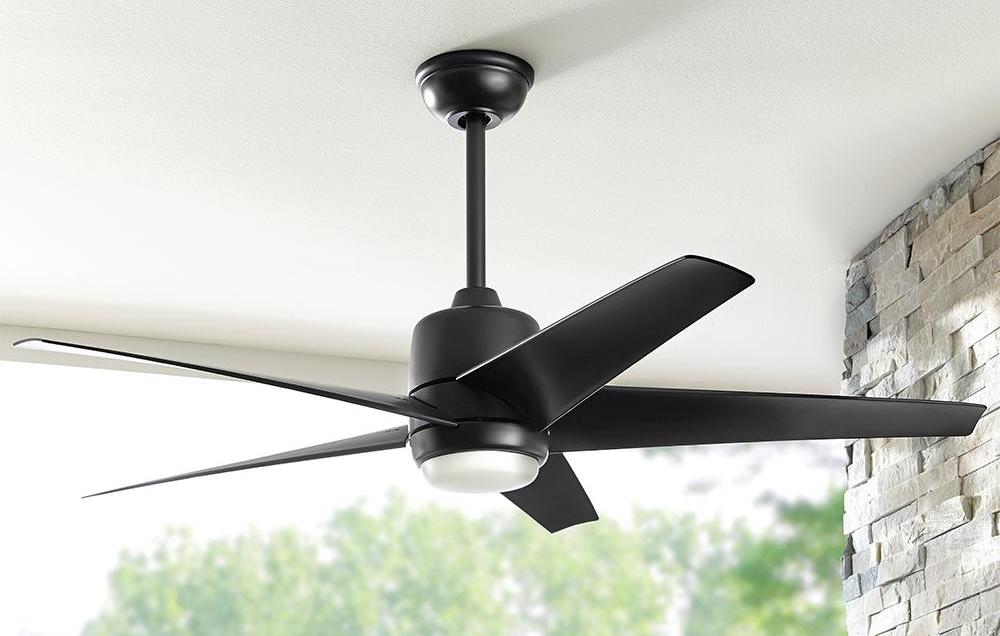The Office of Inspector General conducted an investigation into the enforcement of laws regarding lead paint and found that the Environmental Protection Agency (EPA) doesn’t have an effective method of enforcing the rules that are in place for contractors.
Failures of the EPA
The Office of Inspector General is an internal agency with the EPA, which acts as a watchdog to ensure that rules are enforced. While it is required that contractors and professional renovators must be certified to work on homes with lead paint, the EPA doesn’t have a strategy that effectively monitors the requirement. For example, the agency doesn’t track whether children are exposed to lead through dust and materials during the renovation.
According to the Centers for Disease Control and Prevention (CDC), thousands of children are still exposed to lead even though it has been banned in homes since 1978. The issue happens when these children are in homes built before that year with lead-based paint and the houses are renovated, exposing the lead.
Dust is a primary concern in these situations. Sweeping won’t remove all of it. Instead, a training document from the EPA instructs workers to use water and detergent with a special vacuum to remove all dust from the construction area. The report by the Office of Inspector General shows that the EPA doesn’t track projects with lead-based paint.
The list of renovations for the EPA, which tells which contractors handled lead-based projects, was from 2010 with no updated data. At that time, around 320,000 firms dealt with 18 million projects which required special control methods for lead paint. There is also no record of the agency’s inspections on properties. In fact, less than 1 percent of contractors on average have been inspected in the last five years.
The report included six recommendations on how the EPA can improve its ability to enforce the rules surrounding lead paint. The EPA accepted two of the recommendations. The EPA responded and said that the implementation of the rules currently in place and planned for meet the recommendations of the report.
Dangers of Lead Paint
Lead paint is a toxic substance that can cause many system issues, including bones, kidneys, and heart. For children, the biggest danger is the risk it poses to the development of the nervous system, which could lead to learning disabilities and behavioral issues. Lead-based paint is estimated to be in 38 million homes around the United States, and all built prior to 1978 when it was banned on residential properties.
When these older homes are repaired or renovations are done, contractors must take special measures to prevent exposure to the homeowners and residents of the properties during the project. It is especially dangerous to children and women who are pregnant. Symptoms of exposure include headaches, irritability, difficulty sleeping, abdominal pain and cramps, and aggressive behavior. Treatment is available for lead poisoning, but prevention is the better choice. Residents who live in older homes should make sure their contractor is licensed and trained in handling lead-based paint.























